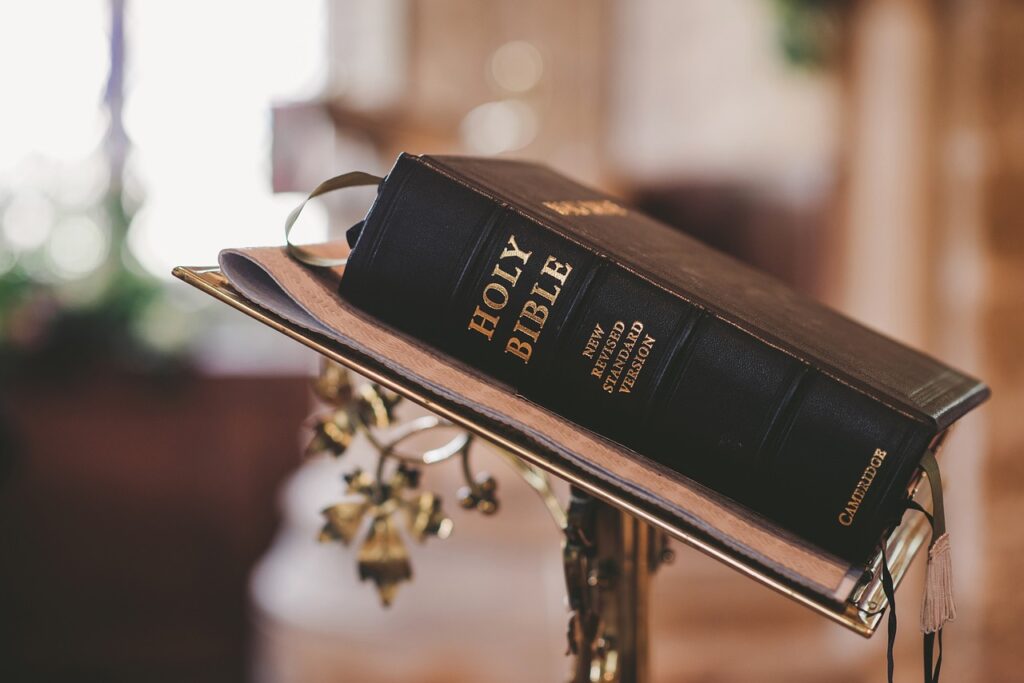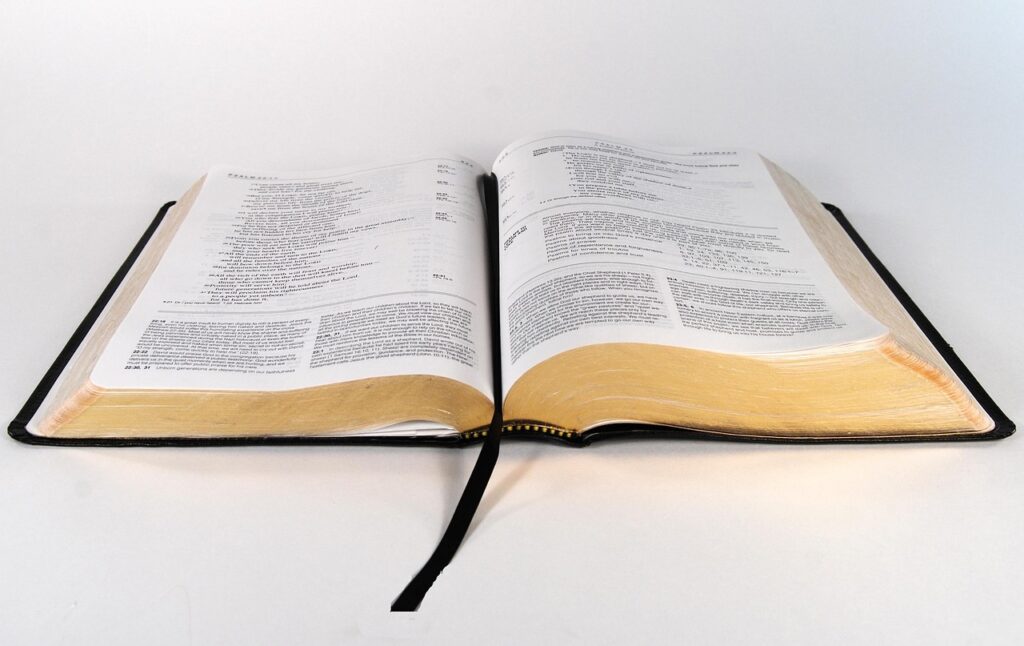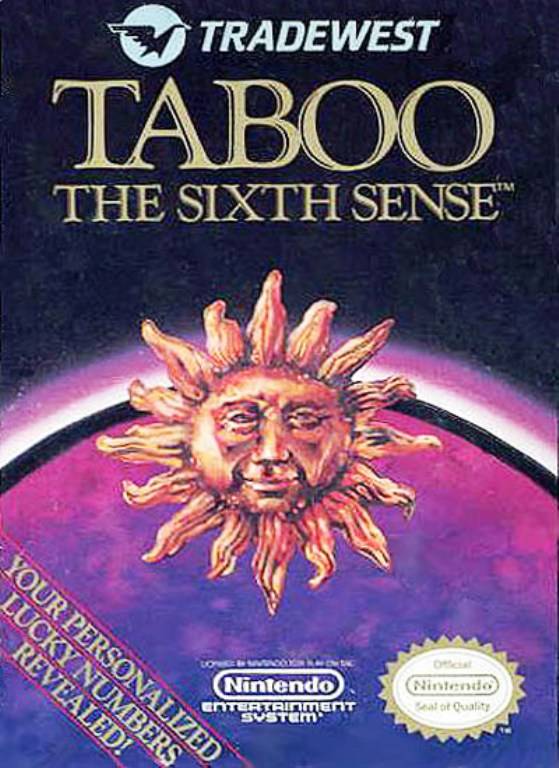
Get ready for a deep dive into a figure whose name echoes through millennia, yet whose full story often remains just beyond the spotlight. We’re talking about none other than Matthew, one of Jesus’s original twelve apostles and one of the four evangelists credited with authoring a foundational text of Christianity. His journey is packed with twists, turns, and surprising revelations that continue to fascinate scholars and believers alike.
Forget what you thought you knew about this ancient icon because Matthew’s life story is far more dramatic and influential than many realize. From his unexpected career shift to his daring missionary endeavors and even the mysteries surrounding the very gospel attributed to him, Matthew truly lived a life that defied expectations. He was a man who answered a call that forever altered his path and, in turn, shaped the course of religious history.
Today, we’re pulling back the curtain on Matthew the Apostle, exploring the key moments and enduring legacies that make him such an endlessly compelling subject. Join us as we unravel the details of his identity, his radical conversion, his far-reaching ministry, and the enduring questions that still surround the sacred texts he inspired. It’s a celebrity-level deep dive into one of history’s most pivotal spiritual figures!
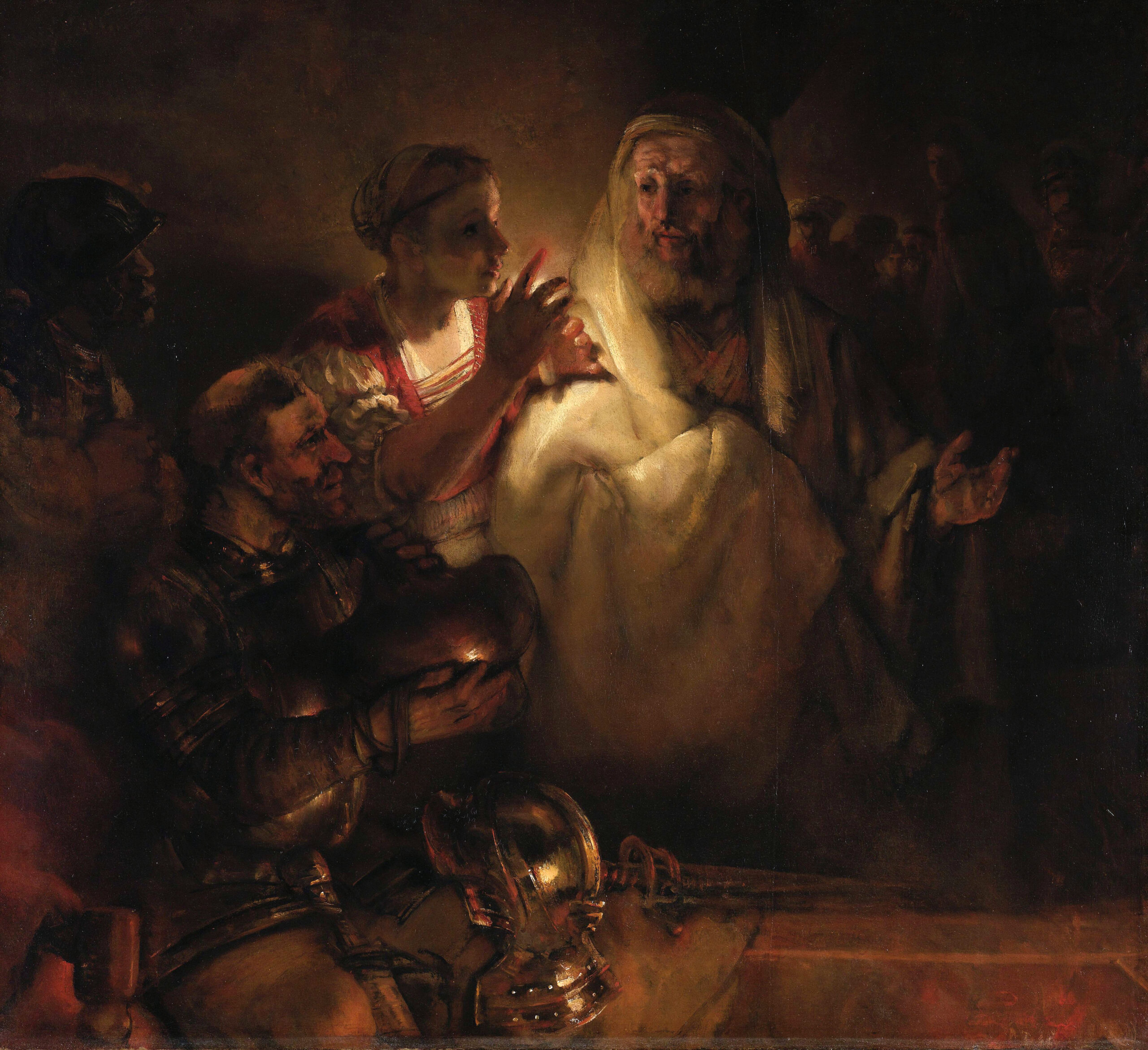
1. **Who Was Matthew? Apostle, Evangelist, and His Identity Crisis!**Matthew the Apostle holds a truly distinguished place in Christian tradition. He is famously recognized as one of the original twelve apostles, those closest to Jesus during his earthly ministry. Beyond that, he is also celebrated as one of the four Evangelists, credited with penning the Gospel of Matthew, which is why he’s also known as Matthew the Evangelist. It’s quite a resume for someone called from such an unexpected background!
However, the story of his authorship isn’t quite as straightforward as traditional accounts might suggest. While Christian traditions firmly attest to his writing of the Gospel of Matthew, most modern biblical scholars actually reject this claim. They suggest the Gospel was written anonymously, though they don’t rule out the possibility that it might incorporate an earlier source written by the disciple himself. This ongoing debate truly adds a layer of mystery to his legacy.
Despite these scholarly discussions, Matthew’s importance as a central figure in the early Christian movement remains undiminished. He is not just a name in a book; he represents a direct link to Jesus and a foundational pillar of the faith. Whether through his direct pen or inspiration, his story, and the Gospel that bears his name, have profoundly impacted billions of lives, cementing his status as an eternal icon.
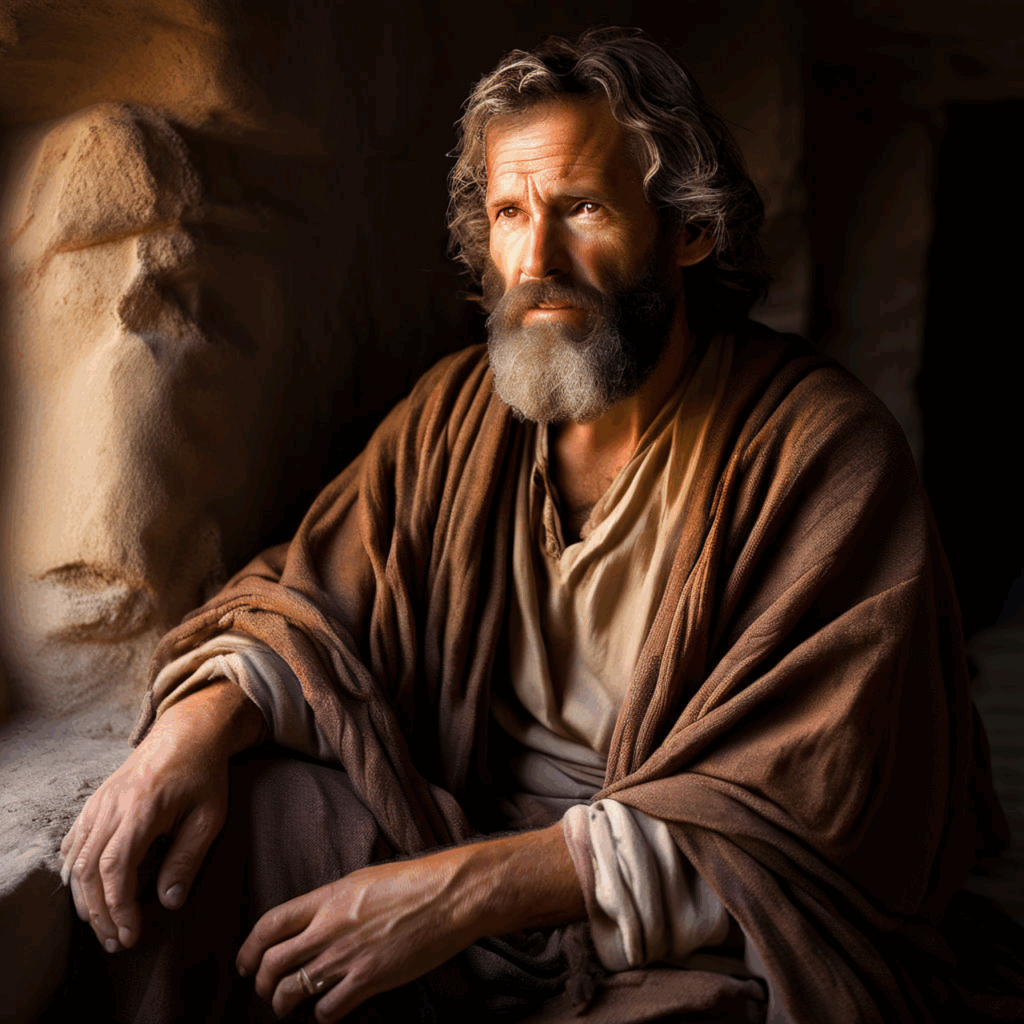
2. **From Tax Collector to Disciple: The Unexpected Call to Follow Jesus.**Imagine this: a tax collector, sitting at his post, diligently collecting customs, a profession often scorned in ancient society. This was Matthew’s life, as vividly depicted in the New Testament. Matthew 9:9 and Matthew 10:3 specifically mention him as a tax collector who, while seated at the “receipt of custom” in Capernaum, received an astonishing call from Jesus to follow Him. It was a dramatic career change that no one saw coming, least of all Matthew himself!
What’s even more interesting is that parallel passages in Mark 2:14 and Luke 5:27 refer to Jesus calling a tax collector named Levi, the son of Alphaeus, but they don’t explicitly associate him with the name Matthew. This has led some to understand Levi as Matthew’s other name, a common practice in those times. Furthermore, the Eastern Orthodox Church tradition even suggests that Matthew, or Levi, and James, son of Alphaeus, were brothers, adding another layer to the familial connections among the early disciples.
Regardless of the precise name used, the essence of the story is powerful: Jesus extended an invitation to someone from a marginalized profession, someone seen as an outsider, and that individual immediately left everything to follow. It speaks volumes about the transformative power of Jesus’s message and Matthew’s radical commitment. Talk about a life makeover! He literally walked away from his entire livelihood to embark on a spiritual adventure.

3. **Preaching the Word: Matthew’s Ministry Beyond Judea.**Following Jesus’s ascension, Matthew, along with the other disciples, retreated to an upper room in Jerusalem, traditionally believed to be the Cenacle. This wasn’t a time for quiet reflection alone; it was the genesis of a powerful movement. The disciples remained in and around Jerusalem, boldly proclaiming that Jesus was the long-awaited Messiah, a message that would ripple out across the world.
Early Church Fathers, including esteemed figures like Irenaeus and Clement of Alexandria, provide fascinating insights into Matthew’s initial ministry. They relate that Matthew dedicated his efforts to preaching the gospel specifically to the Jewish community in Judea. This focus aligns with the traditionally Jewish characteristics often observed in the Gospel of Matthew, suggesting a deep connection to his initial audience.
But Matthew’s mission didn’t stop at Judea’s borders. Ancient writers, though not entirely in agreement on every specific destination, overwhelmingly mention one particular country: Ethiopia. It’s widely held that Matthew ventured beyond his homeland, taking the transformative message of Christ to distant lands, demonstrating the global vision that characterized the early apostles. His travels were not just journeys, but spiritual conquests, expanding the reach of the nascent Christian faith.
4. **The Martyrdom of Matthew: A Saint’s Ultimate Sacrifice.**The ultimate testament to Matthew’s unwavering faith comes in the tradition of his martyrdom. Both the Catholic Church and the Orthodox Church hold the strong tradition that Matthew died as a martyr, a belief that finds echoes in historical texts like the Babylonian Talmud (Sanhedrin 43a), which appears to report his execution. It’s a poignant and powerful end to a life dedicated to service.
The most commonly recounted narrative surrounding his martyrdom places him in Ethiopia, where his ministry had taken him. While preaching there, Matthew converted and consecrated to God Ephigenia, the virgin daughter of King Egippus. Her devotion, inspired by Matthew, set the stage for a dramatic confrontation with the new king, Hirtacus, who succeeded Egippus.
King Hirtacus, enamored with Ephigenia, approached Matthew with a request to persuade her to marry him. Matthew’s response was not what the king expected. He invited King Hirtacus to liturgy the following Sunday, where, during the service, he courageously rebuked the king for his lustful desires. Matthew reminded Hirtacus that Ephigenia was a nun and therefore already the “bride of Christ,” making marriage to an earthly king impossible.
Enraged by this public defiance and refusal, King Hirtacus commanded his bodyguard to kill Matthew right there at the altar. This brutal act cemented Matthew’s status as a martyr, a powerful symbol of sacrifice for one’s faith. His unwavering commitment, even in the face of death, has inspired countless generations and stands as a testament to the profound convictions of the early church.
5. **The Gospel of Matthew: Unraveling Its Authorship Debate.**The Gospel of Matthew stands as one of the cornerstones of the Christian New Testament, rich with teachings, parables, and a detailed account of Jesus’s life. For centuries, early Church tradition firmly held that this pivotal text was penned directly by Matthew the Apostle himself. This tradition is a significant part of Christian history and has deeply influenced how the Gospel has been understood.
One of the earliest and most frequently cited attestations to this belief comes from Papias of Hierapolis, an early Christian bishop, whose words are preserved by the historian Eusebius. Papias stated, “Matthew collected the oracles [in Greek, logia: sayings of or about Jesus] in the Hebrew language [Hebraïdi dialektōi], and each one interpreted [hērmēneusen – perhaps ‘translated’] them as best he could.” This comment is crucial, suggesting an original Hebrew composition by Matthew.
Further reinforcing this traditional view, early Christian theologian Origen also indicated that Matthew wrote the first gospel. He believed it was composed in Hebrew near Jerusalem, specifically for Hebrew Christians, and subsequently translated into Greek. This concept of a Hebrew original, possibly kept at the Library of Caesarea, adds a fascinating historical dimension to the discussion of the Gospel’s origins.
However, in contemporary biblical scholarship, a different perspective has largely taken hold. Most modern scholars contend that the Gospel of Matthew was written anonymously, rather than directly by Matthew the Apostle. While acknowledging the possibility that the Gospel might incorporate an earlier source written by the disciple, they suggest that the superscription “according to Matthew” was likely added sometime in the second century, reflecting an attribution rather than direct authorship.
6. **The Hebrew Connection: Matthew’s Original Language and Lost Gospels.**The idea of a “Hebrew Gospel of Matthew” is one of the most intriguing aspects of his legacy, sparking centuries of discussion and scholarly investigation. The references from Papias and Origen suggest that Matthew might have originally compiled his work in Hebrew, implying a direct connection to the linguistic and cultural context of early Jewish Christianity. This concept is incredibly significant for understanding the roots of the New Testament.
The context even tells us that Origen believed the Hebrew original was carefully preserved at the Library of Caesarea. Imagine such a historical treasure! This belief suggests a tangible link to an original Hebrew version, which, if it existed in the form described, would offer unparalleled insights into the early Christian movement and Matthew’s specific contributions.
Adding another layer to this linguistic mystery, the Nazarene Community, sometime in the late fourth or early fifth century, transcribed a copy of what they believed to be this Hebrew Gospel for Jerome. Jerome, a pivotal figure in biblical translation, utilized this text in his work, calling it the Gospel according to the Hebrews, or sometimes the Gospel of the Apostles. This highlights the enduring belief in a Hebrew original and its perceived importance to various early Christian groups.
Yet, as with many ancient historical claims, modern biblical scholars like Bart D. Ehrman and James R. Edwards have robustly challenged these traditional views. They suggest that these texts, often associated with Jewish-Christian groups such as the Nazarenes and Ebionites, were more likely composed in Greek and related to the canonical Greek Matthew, rather than being fragments of a lost Aramaic- or Hebrew-language original. The debate continues, making Matthew’s linguistic legacy a truly fascinating enigma to explore!
Okay, so we’ve already taken a deep dive into Matthew the Apostle’s early days, his incredible conversion story, and the intriguing debates around his most famous work. But trust us, his influence doesn’t stop there! This ancient icon truly had staying power, weaving himself into the fabric of human culture, faith, and art in ways that continue to blow our minds. Get ready to explore how Matthew became a global sensation, leaving an indelible mark that shines even brighter today!

7. **Veneration Across Diverse Faiths: A Global Fan Club!**Matthew’s incredible journey and teachings didn’t just resonate with his immediate followers; they created a ripple effect that spread across the globe and through various religious traditions! Talk about a true international superstar whose influence transcends boundaries and millennia. He’s not just a historical figure; he’s a revered saint, prophet, and spiritual guide for millions.
The Roman Catholic Church and the Evangelical Lutheran Church in America, along with the Lutheran Church—Missouri Synod, all honor Matthew with a dedicated feast day on September 21. It’s a day when believers worldwide pause to celebrate his life, his unwavering commitment, and his profound contributions to Christian faith. The Anglican communion also commemorates him with a festival on the very same date, solidifying his widespread recognition in Western Christianity.
But his impact isn’t limited to these denominations. The Eastern Orthodox Church venerates Matthew as a saint with not one, but two, feast days! He’s celebrated on June 30 (July 13 in the old calendar) for the Synaxis of the Twelve Apostles and again on November 16 (November 29) for his individual feast day. This double dose of veneration truly highlights his significant standing within Orthodox tradition.
And get this—Matthew’s influence even extends beyond Christianity! Muslim exegesis and Quran commentary specifically name him (“Mattā”) among Jesus’s disciples, preserving the tradition that he, along with Andrew, ventured to Ethiopia to preach God’s message. But perhaps one of the most unexpected endorsements comes from the Druze faith, where Matthew the Apostle is honored as a prophet and respected for his contributions to spiritual knowledge and guidance, considered a “carrier of wisdom.” Talk about a diverse fan base!

8. **Matthew in the Spotlight: His Powerful Presence in Art!**Just like any true icon, Matthew has received the ultimate artistic treatment, becoming a muse for some of history’s most celebrated artists. From stunning frescoes to intricate miniatures, his story has been immortalized in countless masterpieces, ensuring his image remains as vivid and inspiring as his legacy. He’s basically art history’s ultimate leading man!
Christian art frequently depicts Matthew with one of the four living creatures from Revelation 4:7—a winged man. This symbolic representation not only links him to divine inspiration but also adds an instantly recognizable visual flair to his artistic portrayals. It’s like his personal red-carpet accessory, signifying his role as an evangelist.
Perhaps the most famous examples of Matthew’s artistic presence are the three breathtaking paintings by Caravaggio in the Church of San Luigi dei Francesi in Rome. These pieces, depicting his miraculous call from tax collector to disciple, are considered monumental landmarks in Western art. Caravaggio’s dramatic use of light and shadow captures the raw emotion and transformative moment, making Matthew’s story truly come alive on canvas. It’s pure drama and emotion, exactly what you’d expect from a celebrity narrative!
Beyond Caravaggio, the gallery of Matthew’s artistic interpretations is vast and varied. We see him in the stunning Ebbo Gospels, captured in Islamic miniatures for the Mughal king (a truly unexpected cultural crossover!), and in exquisite stained-glass depictions like the one at St. Matthew’s German Evangelical Lutheran Church in Charleston, South Carolina. From Byzantine icons of the 14th century to intricate mosaics in Ravenna’s Basilica of San Vitale, Matthew’s visual narrative is truly a global, timeless exhibition of devotion and artistic genius.

9. **Architectural Tributes: Matthew’s Enduring Foundations!**Beyond the canvas and manuscript, Matthew’s monumental impact is literally etched in stone, commemorated in some of the most sacred and historically significant architectural wonders around the world. His story doesn’t just reside in texts; it forms the very fabric of places of worship, creating physical testaments to his profound spiritual influence.
One truly striking example can be found at the Basilica of Annunciation in Nazareth, a site that holds immense significance. Here, a beautifully crafted capital depicts Matthew the Apostle, illustrating a pivotal moment from his story. It shows him guiding King Egippus of Aethiopia and his sons away from a menacing demon lurking in the corner of the capital. This isn’t just an artistic representation; it’s a visual narrative, bringing his missionary work to life for all to see.
This particular architectural detail does more than just recount a biblical episode. It powerfully foreshadows Matthew’s ultimate destiny as a martyr. The presence of the demon, from which he leads the king and his sons, hints at the spiritual battles he faced and the ultimate sacrifice he would make for his faith. His murder, for his teachings and his unwavering belief, cemented his status as a martyr for the Christian religion, making this capital a profound piece of iconography that truly captures the essence of early Christendom.
The capital also serves as a fascinating cultural bridge, connecting Ethiopia, the traditional site of Matthew’s martyrdom and ministry, with Nazareth, a crucial location in Christian history. These architectural homages highlight how Matthew’s spiritual conquests were understood and celebrated, providing a tangible link to his legacy for generations of pilgrims and admirers. It’s a reminder that true icons are built to last, quite literally!

10. **The Gospel of Matthew: A Masterpiece of Structure!**While debates about authorship continue to intrigue scholars, there’s no denying that the Gospel of Matthew, in its canonical form, is a meticulously crafted literary and theological masterpiece. It’s not just a collection of stories; it’s a brilliantly organized narrative, almost like a divinely inspired blueprint for understanding Jesus’s life and teachings. Talk about a carefully curated presentation!
The genius of Matthew’s Gospel lies in its distinctive structure, which is artfully woven around five great discourses. These major teaching blocks are incredibly significant, acting as thematic anchors throughout the narrative. Imagine building a story around five powerful “acts” – that’s the kind of deliberate artistry we’re talking about here!
What’s more, this deliberate structure is clearly signaled by a recurring refrain that concludes each discourse, typically stating, “When Jesus had finished saying these things,” or similar words. We see this at the end of the Sermon on the Mount (7:28), the commissioning of the twelve apostles (11:1), the parables of the kingdom (13:53), the discourse on life in the kingdom (19:1), and the Olivet Discourse (26:1). It’s a narrative device that ties the entire work together with impressive precision.
This fivefold division isn’t accidental. Many scholars suggest that it deliberately mirrors the structure of the Pentateuch, the first five books of the Old Testament, which are central to Jewish law and tradition. This clever parallel elevates the Gospel, presenting it almost as a “new Torah” and Jesus himself as a “new and greater Moses,” offering a profound and revolutionary interpretation of divine law. It’s a sophisticated literary move that cements its status as a foundational text!
11. **Breaking Barriers: The Universal Outlook of Matthew’s Gospel!**While Matthew’s Gospel often highlights its strong Jewish roots and was likely initially intended for a Jewish audience, it possesses a remarkable universal outlook that truly sets it apart. It’s a message that, despite its specific historical context, boldly declares its global reach – proving that Jesus’s message wasn’t confined by ethnicity or geography. Talk about broad appeal!
The Gospel’s Jewish characteristics are undeniable: Matthew includes more Old Testament quotations and allusions than any other New Testament author, traces Jesus’s descent from Abraham, and frequently employs Jewish terminology like “kingdom of heaven.” This deep engagement with Jewish tradition underscores his initial audience and purpose: to prove to Jewish readers that Jesus is indeed their long-awaited Messiah.
However, Matthew simultaneously shatters these perceived boundaries by including pivotal moments that signal a much wider embrace. Think about the arrival of the Magi – non-Jewish wise men from the East – who come to worship the infant Jesus (2:1-12). This powerful scene immediately hints that the Messiah’s significance extends far beyond the confines of Israel, welcoming all who seek him. It’s a moment that truly opens up the story to the entire world!
Furthermore, Matthew doesn’t shy away from explicit declarations of universality. He records Jesus’s profound statement that “the field is the world” (13:38), unequivocally defining the scope of his mission. And of course, the Gospel culminates with the awe-inspiring Great Commission (28:18-20), where Jesus commands his disciples to “go and make disciples of all nations,” baptizing and teaching them. These passages powerfully demonstrate that Matthew’s Gospel, while deeply rooted in Jewish prophecy, ultimately delivers a message of hope and inclusion for everyone, everywhere. It’s an undeniable testament to its enduring, boundless impact!
12. **Echoes Through Time: Matthew’s Enduring Legacy!**Matthew the Apostle isn’t just a figure confined to ancient history; his story, his gospel, and his unwavering faith continue to reverberate through culture, scholarship, and spirituality today. From theological debates to cinematic portrayals, his legacy is a dynamic, living narrative that keeps us all talking about his profound impact. He’s truly an influencer for the ages!
Even beyond the canonical text, Matthew’s influence sparked numerous other writings. The 3rd century saw Jewish-Christian groups like the Nazarenes and Ebionites utilizing gospels attributed to Matthew. Fragments of these non-canonical texts, such as the Gospel of the Nazarenes, Gospel of the Ebionites, and Gospel of the Hebrews, survive through quotations by early Church Fathers. While modern scholars largely view these as related to the Greek Matthew rather than lost originals, their very existence highlights the intense fascination and reverence for his name and teachings.
Matthew also features prominently in other cultural realms. In fiction, his character takes on new life, as seen in Mikhail Bulgakov’s celebrated novel, *The Master and Margarita*, where he appears as a pivotal figure, Levi Matvei. This demonstrates how Matthew’s story continues to inspire and challenge artists across different mediums, proving that his narrative has a timeless, universal appeal that transcends religious texts.
Ultimately, Matthew’s journey from a scorned tax collector to a foundational apostle, evangelist, martyr, and prophet revered across multiple faiths is a testament to the transformative power of belief and dedication. His willingness to abandon everything for a higher calling, his commitment to spreading a revolutionary message, and the enduring textual and artistic echoes of his life make him an endlessly fascinating subject. His impact is undeniable, shaping not just religious doctrine but also art, architecture, and even literature – truly, a legacy that continues to amaze!
What a ride, right? Matthew the Apostle, a name that might conjure images of ancient scrolls, has proven himself to be a timeless celebrity. From his radical transformation and daring missions to his lasting artistic presence and the profound universal message of his Gospel, his story is an epic saga of faith, influence, and enduring impact. It’s clear that Matthew’s legacy is far from over; it continues to inspire, challenge, and shape our world in ways we’re still discovering. Keep living that best life, Matthew!



